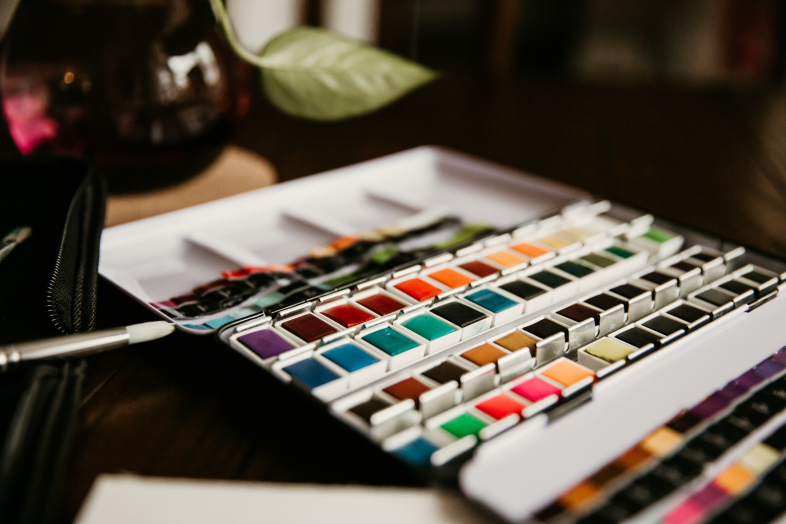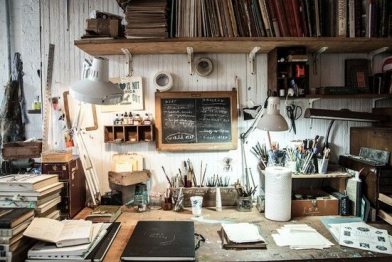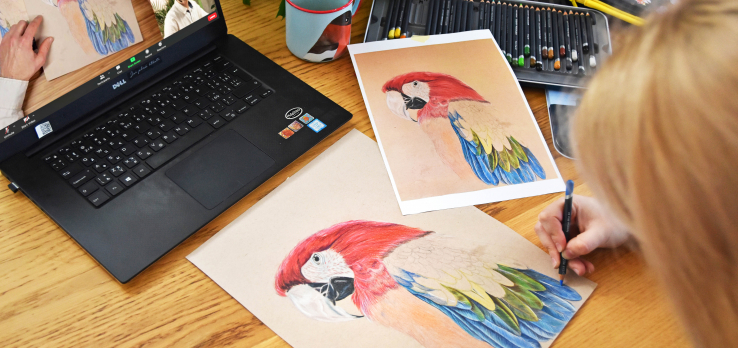Watercolour pros and cons
3. February 2022
Back to blog
What makes watercolours so popular?
First off, they can be easily diluted with, you know, water, making a transition from one colour to the next practically invisible, creating a cool, transparent, smoky effect that is impossible to achieve with thicker materials like oil paint.
They are also ready to be used immediately, there is no need to make any preparations like thinning them down – just wet your brush and you are good to go. Combining colours or mixing a desired shade is also simple, and kids can also work with watercolours easily and comfortably.
Another great thing about watercolours is that they are non-toxic and odourless. They are also rather inexpensive, and you can use any paper that you have on hand, although you do need a special textured paper for the best results.

What makes watercolours not so great?
The main cons of watercolours are closely tied to their greatest pros. Paint transparency, one of the most praised properties of watercolours, makes it almost impossible to hide or correct mistakes. Furthermore, the colours do fade to a certain degree once the paint dries, causing a bit of a headache to beginner artists.
Another downside is that you need to wait for one layer to dry completely before you can add another – otherwise you risk ruining your entire work.
Finally, there’s paper deformation – since watercolours are applied with a very wet brush, your paper is bound to get wrinkled to a certain degree.
Don’t get discouraged though! You can easily learn to work with the downsides of watercolours – join our watercolour course to learn how! We promise that our amazing teachers will guide you to success 😊






